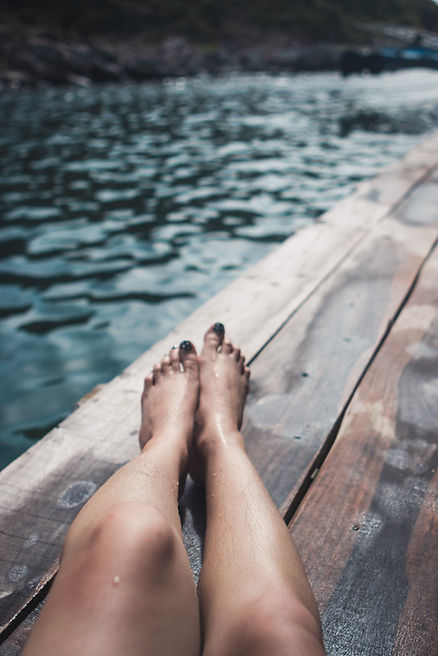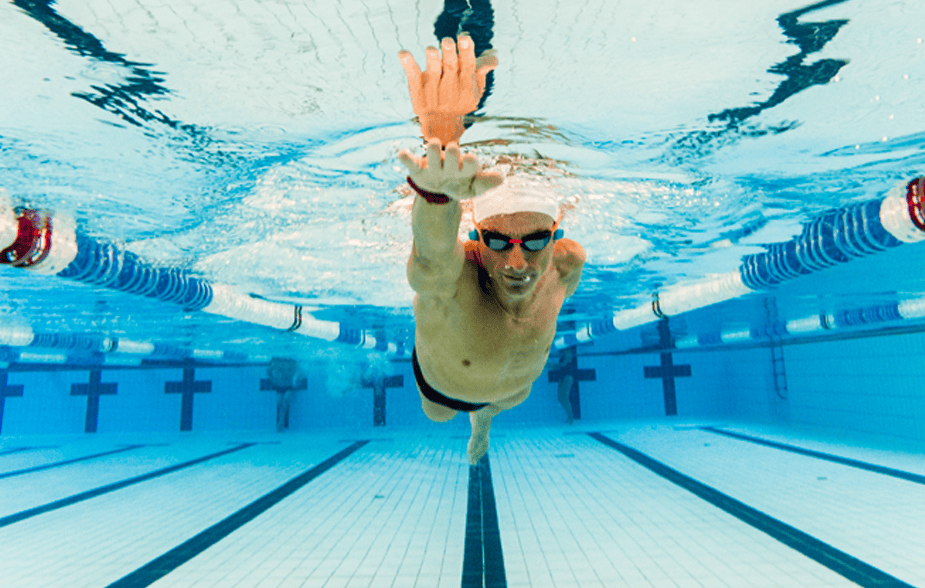
Swimming is an excellent full-body workout that offers numerous health benefits. Water’s buoyancy reduces impact and stress on the feet, making swimming an ideal workout for those suffering from joint pain and arthritis. This low-impact nature allows for a complete range of motion without placing too much pressure on the feet.
Additionally, swimming enhances cardiovascular health, improves circulation, and helps maintain a healthy weight, all of which indirectly benefit foot health.
With better circulation, nutrients are more efficiently delivered to the cells in our feet, aiding in faster recovery from strains. Swimming also boosts endurance and enhances respiratory function.
Possible Foot Injuries and Conditions
Despite its benefits, swimming can also pose risks to foot health if proper precautions are not taken. Common foot conditions include:
- Athlete’s Foot: A fungal infection closely linked to damp environments. Those who swim regularly at public pools or walk bare feet in locker rooms are prone to this. It can cause itching, redness, and peeling skin.
- Plantar Warts: A growth caused by the human papillomavirus (HPV). Plantar warts could develop on the soles of your feet if they frequently come into contact with contaminated surfaces.
- Cuts and Abrasions: Swimmers can get cuts or abrasions from rough pool surfaces or by stepping on sharp objects at the seaside.
- Swimmer’s Toe: Also known as subungual hematoma, it involves bleeding under the toenail due to repetitive trauma. It could result from kicking the pool wall or floor.
How to Mitigate Risks of Foot Conditions
- Wear Water Shoes: Water shoes or swim socks can provide a barrier against cuts, abrasions, and infections
- Practice Good Hygiene: Always shower before and after swimming to reduce the risk of infections. Be thorough in drying your feet.
- Use Anti-fungal Powder: Apply anti-fungal powder to your feet before wearing swim shoes, and after a swim session
- Inspect the Swimming Area: Check the pool or water body for hazards, including stones, sharp objects, and slippery surfaces
- Avoid Walking Barefoot: In public areas, wear sandals or flip-flops to avoid direct contact with the floor
Water-Based Alternatives for Those with Foot Injuries
Several water-based alternatives can provide similar benefits.
- Water Aerobics: This low-impact exercise involves performing aerobic routines in shallow water
- Aqua Jogging: Using a buoyancy belt, individuals can jog in deep water without their feet touching the pool floor
- Hydrotherapy: Often used in rehabilitation, hydrotherapy involves performing exercises in warm water under the guidance of a therapist

Swimming offers numerous health benefits. However, it is essential to be aware of potential foot conditions and adequately protect yourself. Furthermore, water-based alternatives can provide a safe alternative for those with foot injuries. ♦
Podiatrist newsletter article provided by LRW Media. Images provided by Wix Media and Unsplash/Kenny Soren.
